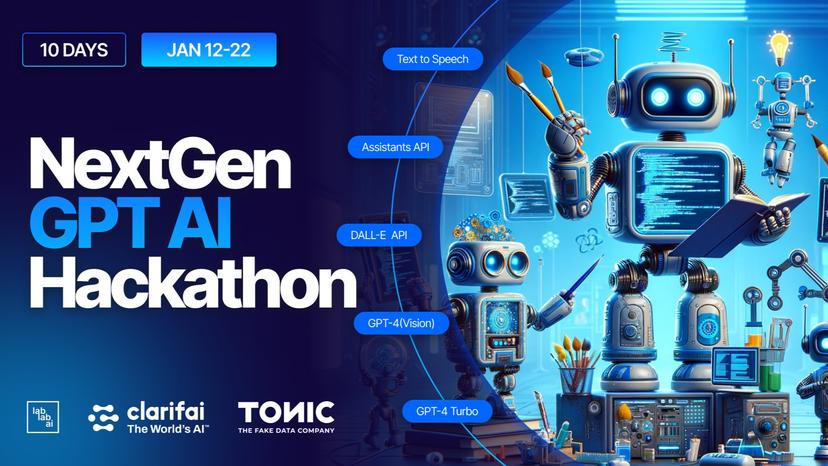🤝 Top Collabolators
🤓 Latest Submissions
.png&w=828&q=75)
ReefVision
ReefVision Insight is Streamlit app designed to revolutionize marine exploration. The first function employs advanced image enhancement techniques, making previously blurry underwater images clear and suitable for in-depth marine studies and oceanic research. The second function involves predicting the health condition of coral reefs. This is achieved through a two-step process - a coral classifier determines whether a coral is healthy or not, and the GPT-4 Vision model then provides a detailed output based on the classifier's results and the original image. ReefVision is a comprehensive tool for researchers and enthusiasts passionate about understanding and preserving marine ecosystems.
22 Jan 2024

AI Radiology Assistant- Easing Medical Imaging
Radiology Assistant AI is an advanced system designed to automate the analysis of medical imaging, such as X-Ray and MRI scans. By leveraging machine learning and image recognition, it detects abnormalities like fractures, tumors, and lesions with high accuracy. The system generates standardized medical reports, providing detailed descriptions and diagnostic suggestions, which are then reviewed by a radiologist. It integrates seamlessly with PACS and EHR systems, streamlining workflows and reducing the burden on healthcare providers. This AI not only improves diagnostic speed and precision but also allows radiologists to focus on more complex cases, ultimately enhancing patient care and clinical efficiency.
20 Oct 2024
.png&w=828&q=75)
Resource Allocation Optimizer
he Resource Allocation Optimizer is an innovative AI-driven solution designed to address the challenges of bandwidth allocation in public sector networks, particularly in underserved regions. Public sector connectivity networks often face issues like resource scarcity, suboptimal prioritization, and inefficiencies in service delivery for critical sectors such as healthcare, education, and emergency services. This system leverages the power of Groq's Llama API to analyze incoming service requests and assign numerical priority scores based on urgency, bandwidth requirements, and the nature of the service. These prioritized requests are then processed by a dynamic resource allocation algorithm that distributes available bandwidth in real-time, ensuring that high-priority services receive the resources they need without delays.Key features of the project include: Simulated Environment: A network simulation generates realistic service requests for bandwidth from sectors like healthcare, education, and emergency services. AI-Powered Decision Making: The Groq Llama model analyzes requests and assigns priorities, enabling fast and accurate resource allocation. Dynamic Resource Allocation: The allocation algorithm ensures bandwidth is distributed efficiently, balancing critical needs and overall network availability. Interactive Dashboard: Built using Streamlit, the dashboard visualizes service logs, priorities, and bandwidth usage with real-time updates and dynamic charts, offering transparency and user engagement. This project has immense value in enhancing the efficiency of public sector networks by automating resource management, improving service outcomes, and reducing operational overhead. It is designed with scalability in mind, allowing integration with real-world networks and enabling further customization for specific scenarios.
26 Jan 2025
.png&w=256&q=75)

.png&w=640&q=75)
.png&w=640&q=75)
.png&w=640&q=75)


